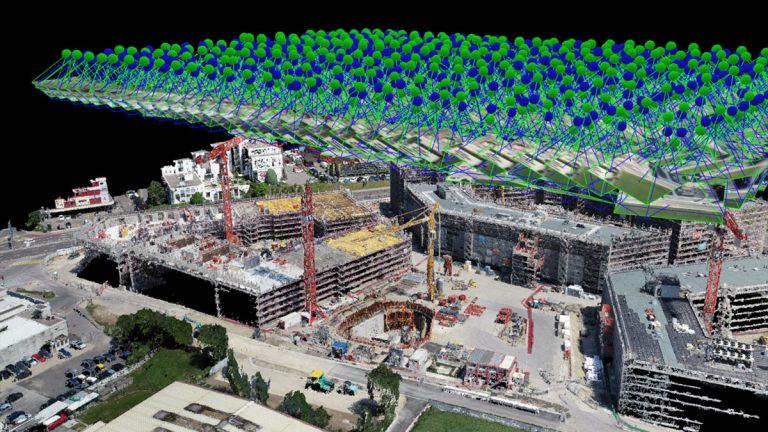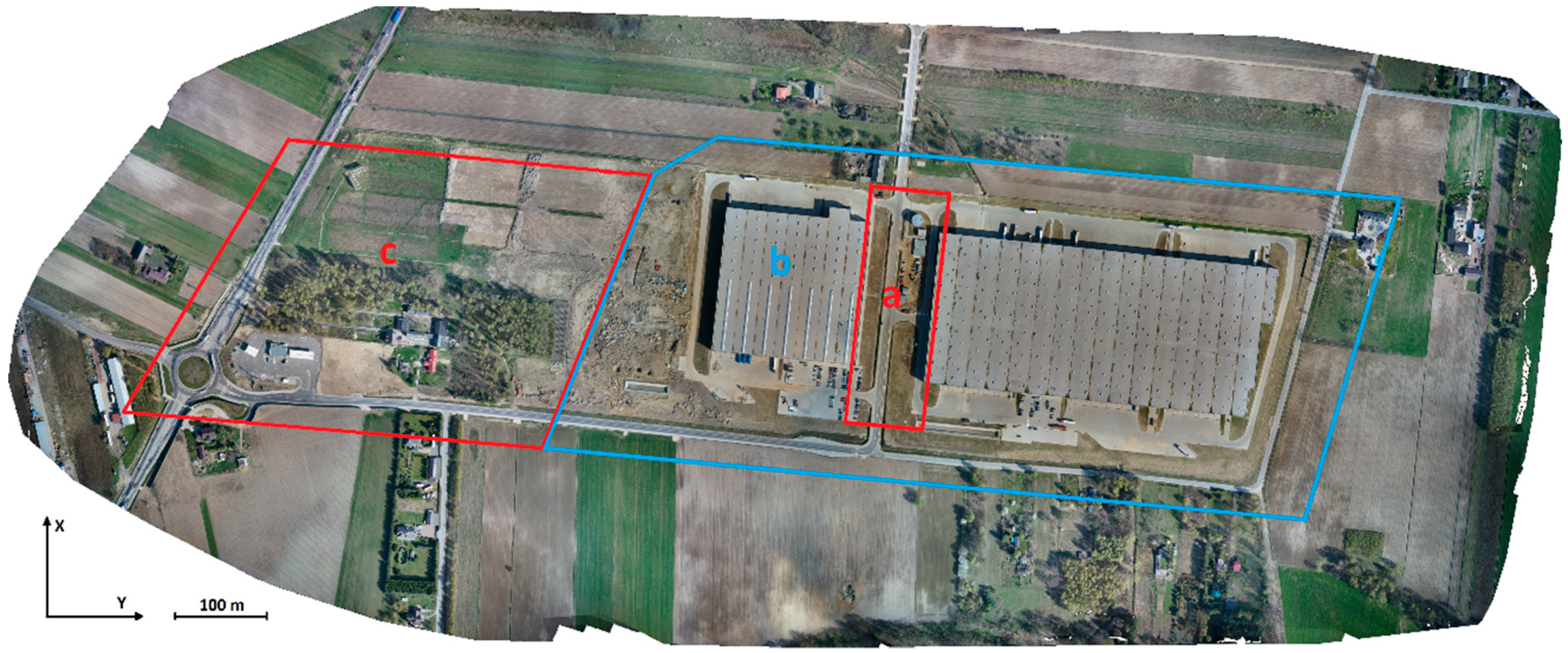

When converting images the quality of the pixel resolution is easier to maintain if less rotation is required during processing and this orientation makes it easier for the user to quality check the photographs. The April flight was set approximately 10 to 14 degrees off magnetic North because it was thought an adjustment was required to account for declination. Heading was maintained to a single direction throughout each flight within a range of error well handled by Pix4DMapper. The goal was a heading that aligned the images to True North.
#Pix4dmapper educational license software
The left hand image below shows how Pix4D corrected our original altitudes (blue spheres), automatically adjusting the values to match what the software calculated from the photo overlap (green spheres). The right hand image shows how using adjusted takeoff altitudes provided a better match to the final values determined by the software.Īlthough Pix4D does its own corrections for our mistakes, when planning future flights the take-off locations altitude will be added or subtracted from the desired waypoint altitude before flying to create a consistent flight altitude above the surface. This should improve the results for a given set of flights and assure proper ground coverage. After correcting for the LIDAR derived ground elevation the Pix4D output showed a close tie between predicted and final altitude values. This was visibly revealed by initial runs of the Pix4D software by showing the predicted altitude against the computed altitude from the software.įor the final run of the software all flight altitudes were adjusted by adding LIDAR derived elevation values for the take-off sites. With these adjustments the altitude still varied between flights, but were now linked to a common base. Vertical accuracy would normally be very high because we used the barometric parameters not the GPS elevation, however this had to modified to adjust for the starting elevations. Unknown to us at the time our UAS set and recorded altitudes relative to takeoff location, which in some cases were 10 meters higher than others. This meant while our waypoint flight altitude was set to a consistent 40 meters for each flight those launched from higher locations were affectively up to 50 meters. Horizontal position accuracy was assumed to match the accuracy of the on board GPS unit of about 3 to 5 meters. Even without a gimbal the Pix4DMapper adjust for minor differences off nadir. Our output report indicates the majority of images were within 3.0 and 3.36 degrees of vertical (Omega and Phi). In this project the pitch and roll values were set to zero for processing because the camera was gimbaled, maintaining a relative nadir value to offset pitch and roll by the quadcopter. The output column values were then formatted for use by Pix4D Mapper with the following data fields: image filename, latitude, longitude, altitude, pitch, roll, horizontal accuracy, and vertical accuracy.

Once included the software finished the process, creating a seamless high quality image of the island.īefore running in Pix4D a customized visual basic tool processed the GPX files from the quadcopter, linked the photographs by time stamp, and output the results into text CSV files.


A few parameters had to be collected and converted to match the software’s requirements.
#Pix4dmapper educational license license
Pix4DMapper was used to process the UAS photographs into an orthomosaic image and a digital surface model for use in GIS software. The University acquired a research license to work with the imagery. Results Processing Results with Pix4DMapper Software


 0 kommentar(er)
0 kommentar(er)
